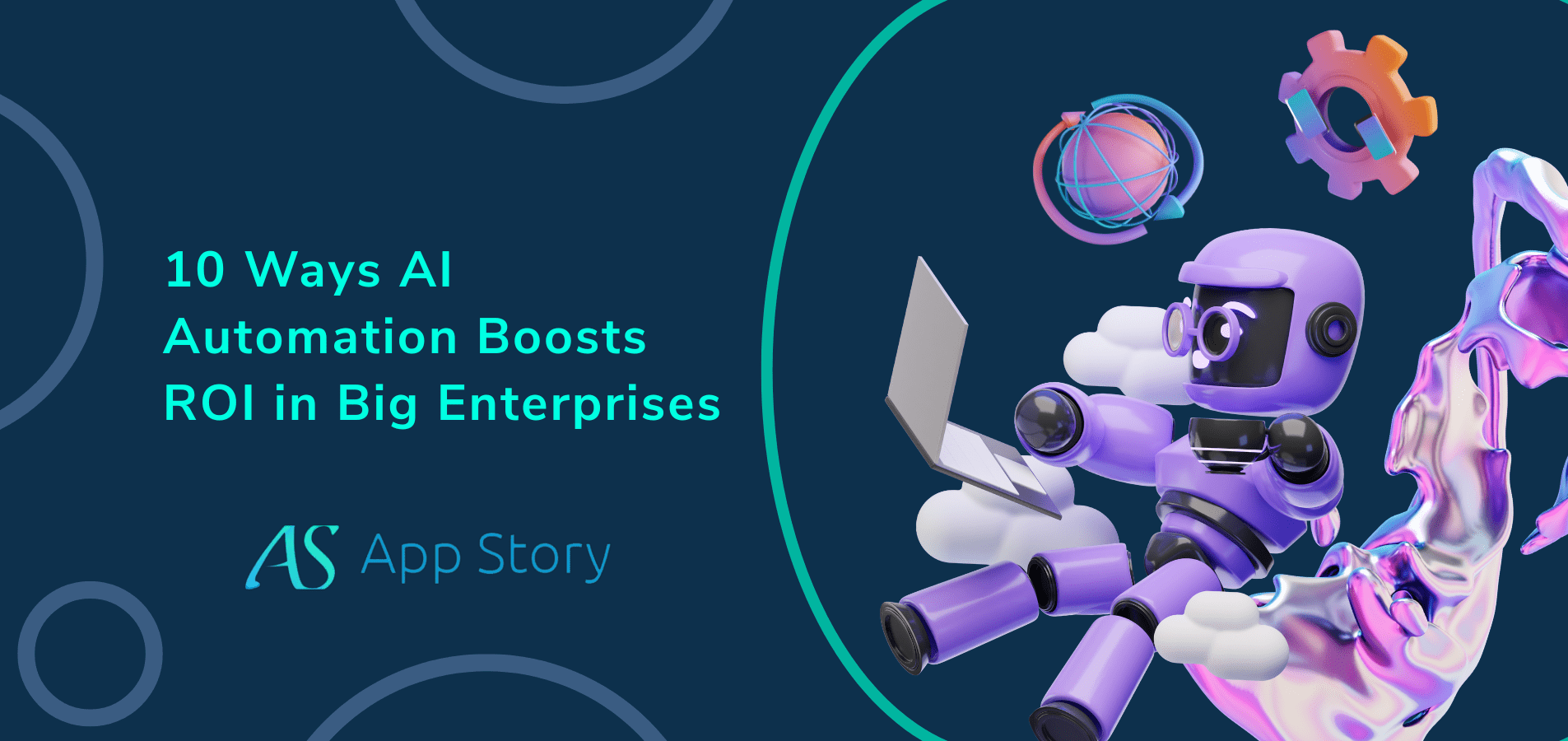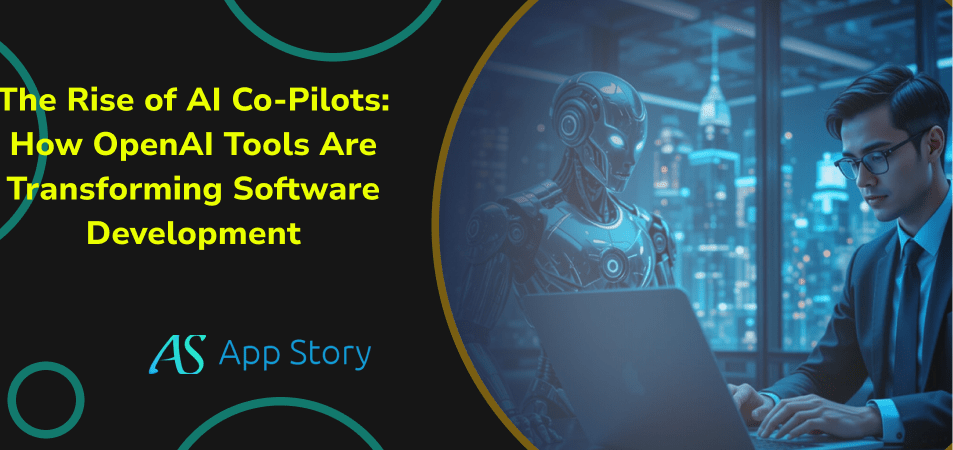Today, the use of machines in our lives has increased to a great extent. Machines are everywhere and are affecting the way we live, work and entertain ourselves.
Starting from the devices that are power with voice and act as personal assistants such as Alexa to more fundamental technologies such as behavioral algorithms, suggestive searches and autonomously-powered self-driving motor vehicles consisting of powerful prognostic capabilities, there are many applications of Artificial Intelligence in our lives today. Many businesses are hiring Artificial Intelligence development company’s services to become smarter with its implementation.
Before coming up with how Artificial Intelligence technologies are being used and impacting the business world, it is vital to understand the term ‘Artificial Intelligence’. Well, Artificial Intelligence or AI generally refers to any kind of computer software that engages in humanlike activities such as learning, planning, and problem-solving. It uses computer science programming that imitates human thoughts and actions by analyzing data and surroundings, solving or anticipating problems and learning or self-teaching to adapt to many tasks.
Division of Artificial Intelligence (AI)
There are three key divisions of AI:
- Neural Networks
- Machine Learning
- Deep Learning
A neural network, also known as Artificial Neural Networks or ANN, is either a system software or hardware that works like tasks performed by the neurons of the human brain. It mimics biological neural networks by modeling and processing nonlinear relationships between inputs and outputs in parallel.
ANN usually consists of various nodes that behave like neurons. These nodes are connected through wires for communication with each other. Nodes gather input data to perform small operations on trained data and results of these operations are given to other nodes. The productivity at the node is its node value.
Here are some of the key advantages of Neural Networks:
- Self-Organization: An ANN can generate its own representation of the information that it obtains at the time of learning.
- Real-Time Operation: ANN calculations may be perform simultaneously and some special devices are manufacture that takes benefit of this capability.
- Adaptive Learning: ANN’s ability to learn how to solve tasks is based on the data given for the training set.
- Redundant Information Coding through Fault Tolerance: Semi destruction of network results into the degradation of corresponding performance. Moreover, some networks will have the capability to retain data even when some major network damage occurs.
Machine learning makes use of statistics and data to help improve machine functions. It is an application of AI that provides the system with the ability to learn automatically and improve from experience. With this application, machines can learn on their own without being explicitly programmed. Machine learning mainly focuses on the development of computer programs that can access data and utilize it to learn for themselves.
Read More: Beyond the Hype: The Value of Machine Learning and AI
Here are some of the key advantages of Machine Learning:
- Easy identification of trends and patterns: Machine Learning can easily review large volumes of data and discover specific trends and patterns that would not be apparent to humans.
- Require no human intervention: Since machine learning provides machines the ability to learn, it allows them to make predictions and also improve the algorithms on their own.
- Constant Improvement: As machine learning algorithms gain experience, they keep improving in accuracy and efficiency.
- Handling multi-dimensional and multi-variety data: Machine Learning algorithms are perfect at handling data that are multi-dimensional and multi-variety.
- Wide Applications: Machine learning can be applied in an assortment of applications.
Deep learning, but, computes multi-layer neural networks for more advanced learning. It is actually a subset of machine learning that functions in the same manner as machine learning but deep learning has different capabilities. Deep Learning requires high-end machines contrary to Machine Learning algorithms. Here are some of the key advantages of deep learning:
- Creating New Features: Deep learning has the ability to produce new features from a limited series of features positioned in the training dataset. As a result, deep learning algorithms can create new tasks to solve current ones.
- Advanced Analysis: Due to the improved data processing models of deep learning, it can easily generate actionable results when solving data science tasks. Moreover, deep learning supports unsupervised learning techniques that allow the system to become smarter on its own.
- High-quality Results: Once trained properly, a deep learning brain can carry out numerous repetitive, routine tasks within a shorter period of time than it would take by a human being. But the quality of its work never diminishes.
Conclusion:
This is all about the division of Artificial Intelligence. Today, Artificial intelligence (AI) has become essential to nearly every segment of the technology industry. Creating an impact on applications, development tools, computing platforms, database management systems, management, and monitoring tools, AI is showing and will continue to make improvements in our daily lives.






 United States
United States United Kingdom
United Kingdom India
India Canada
Canada Singapore
Singapore















![10 Benefits of the Internet of Things You Should Know [2025]](https://www.appstory.org/wp-content/uploads/2025/03/ATS-10-Benefits-of-the-Internet-of-Things-You-Should-Know-2025@2x-80x60.png)




















